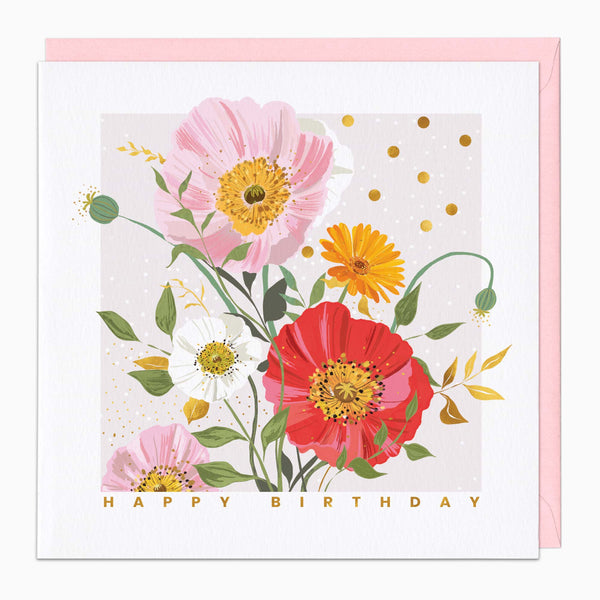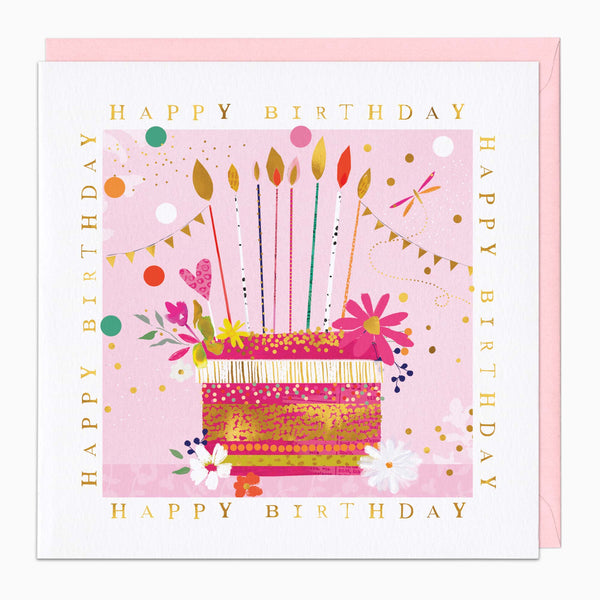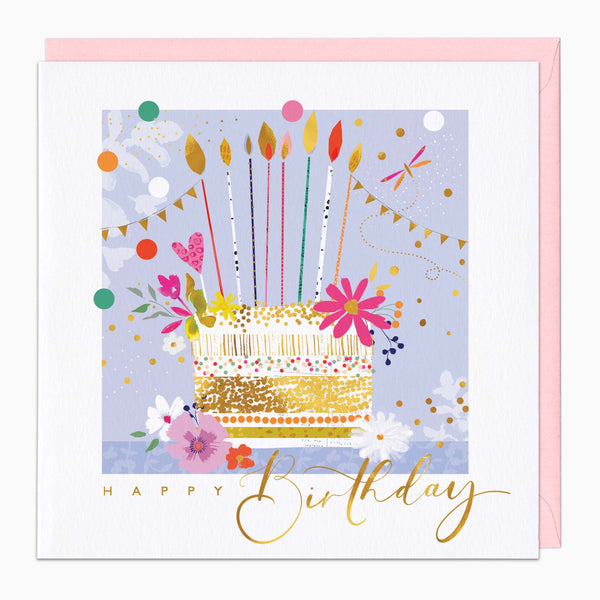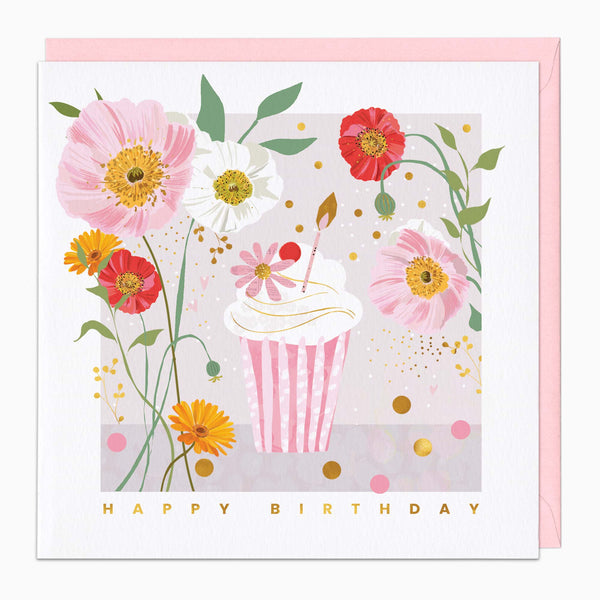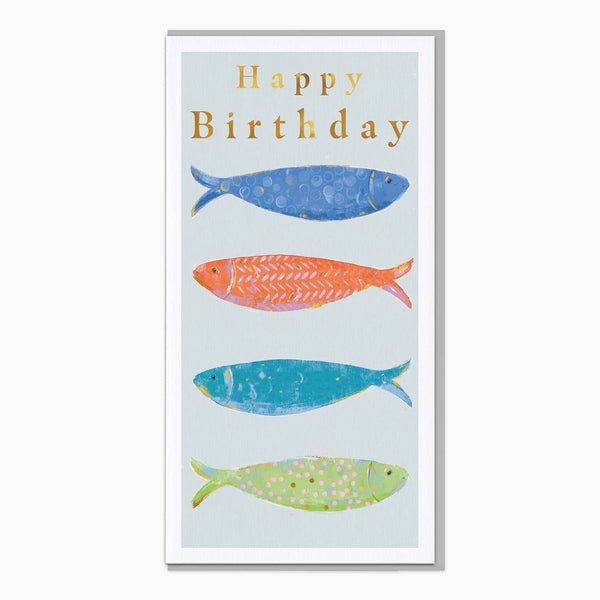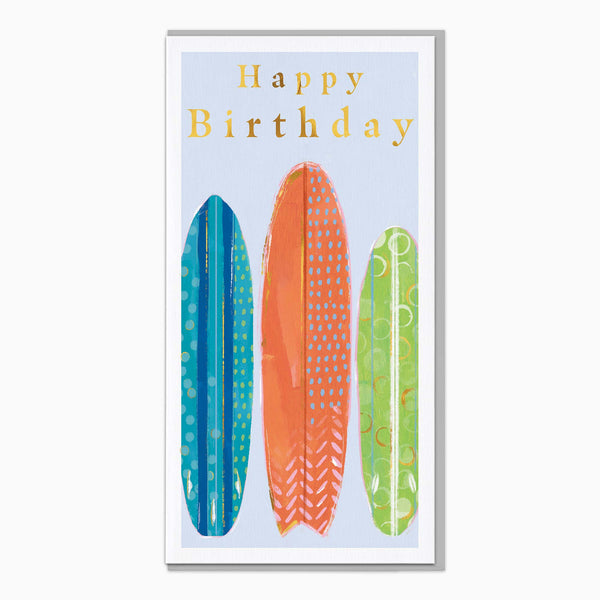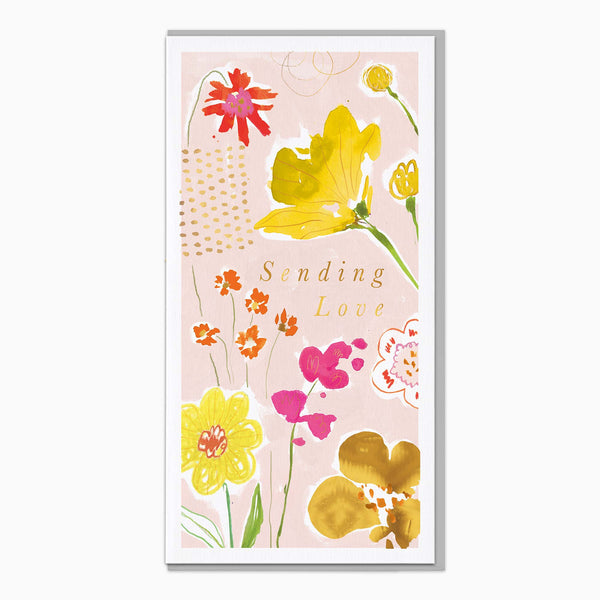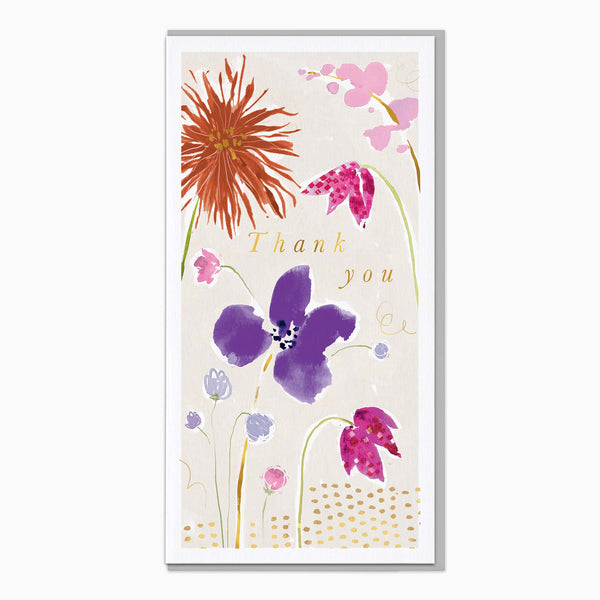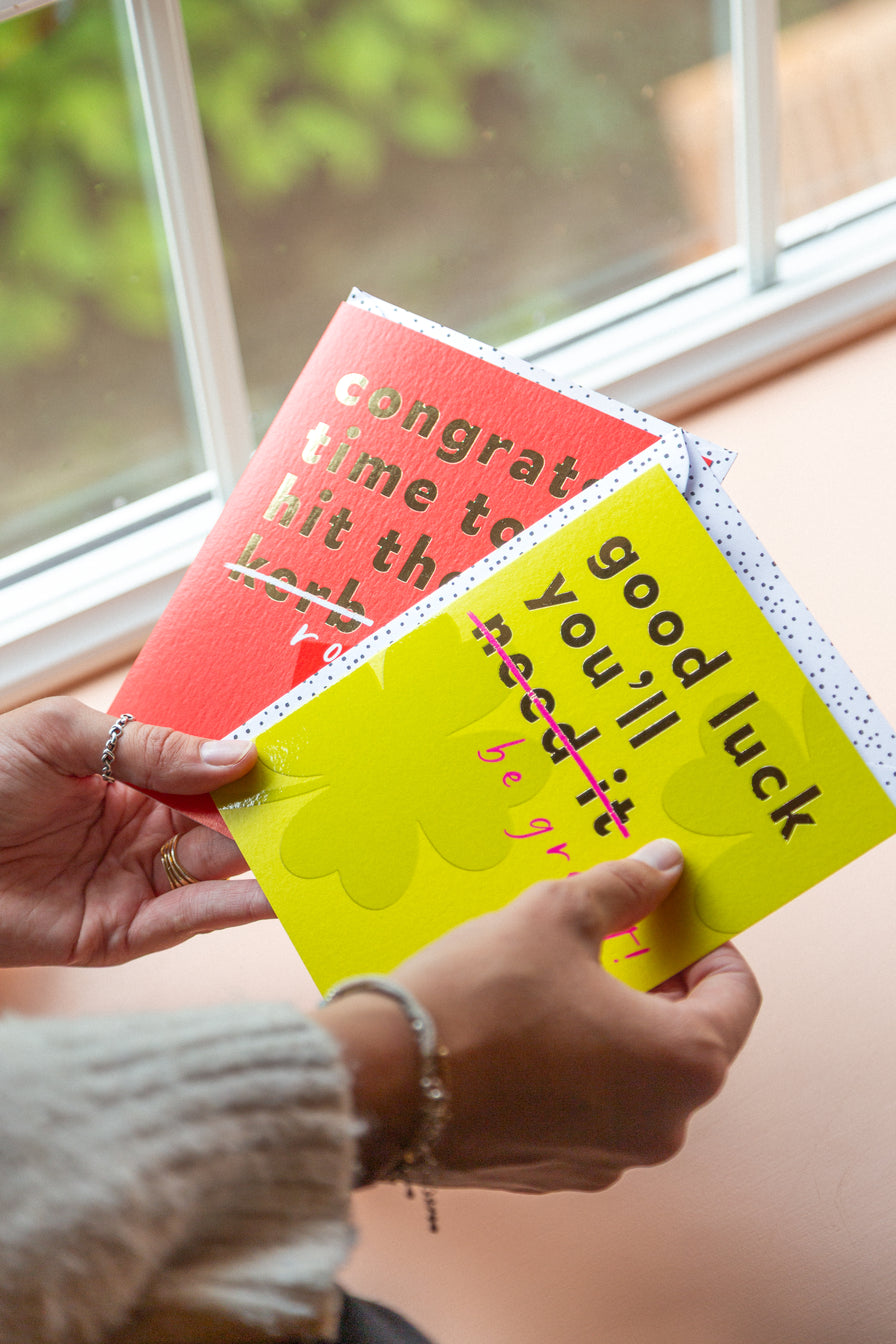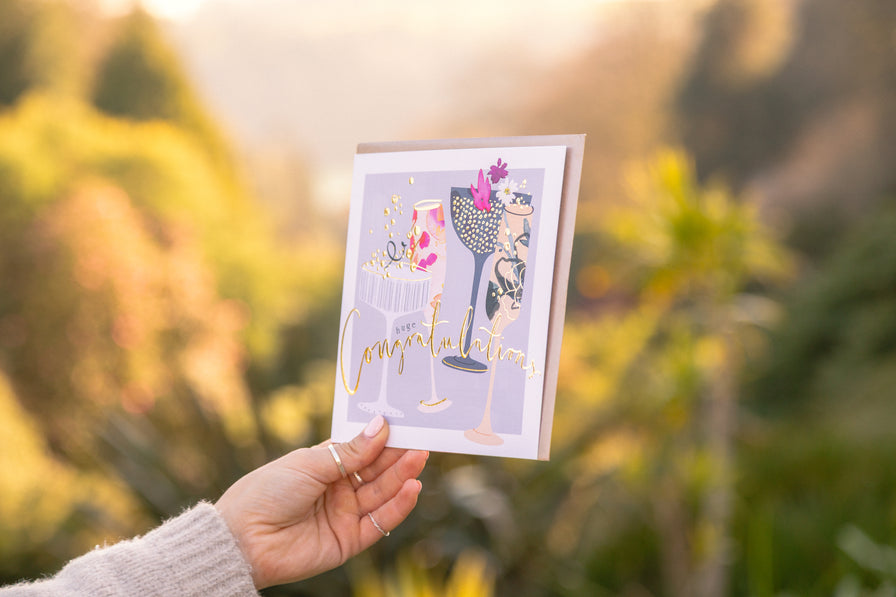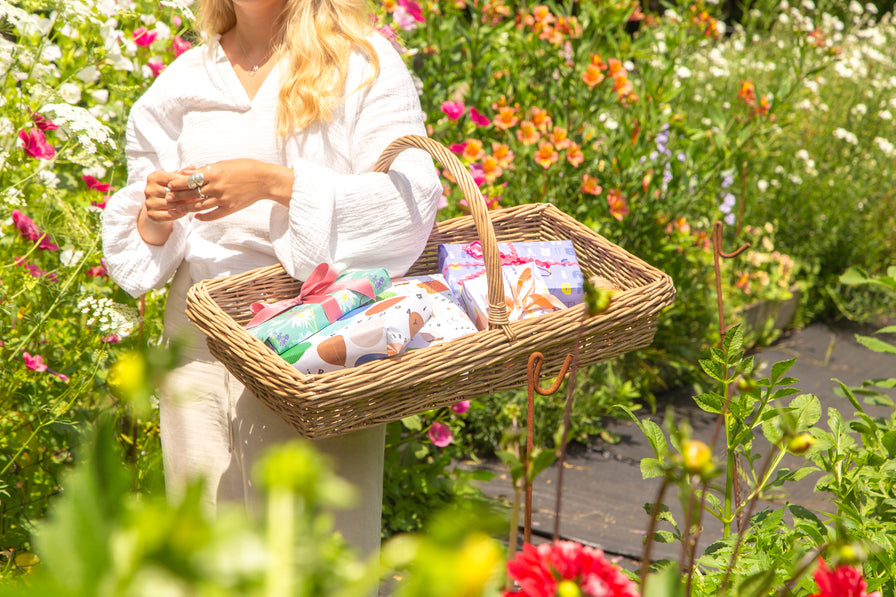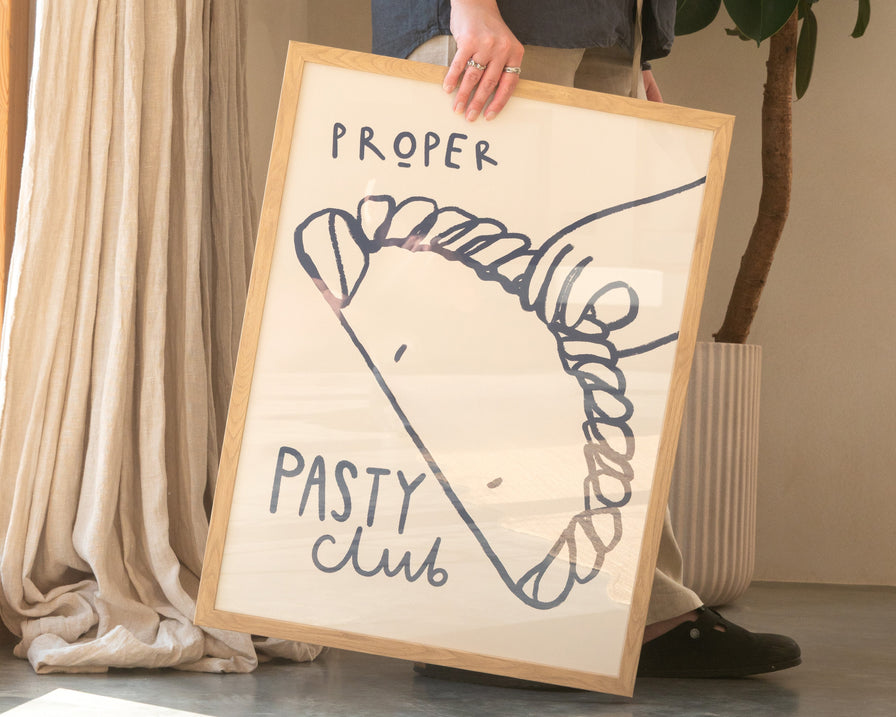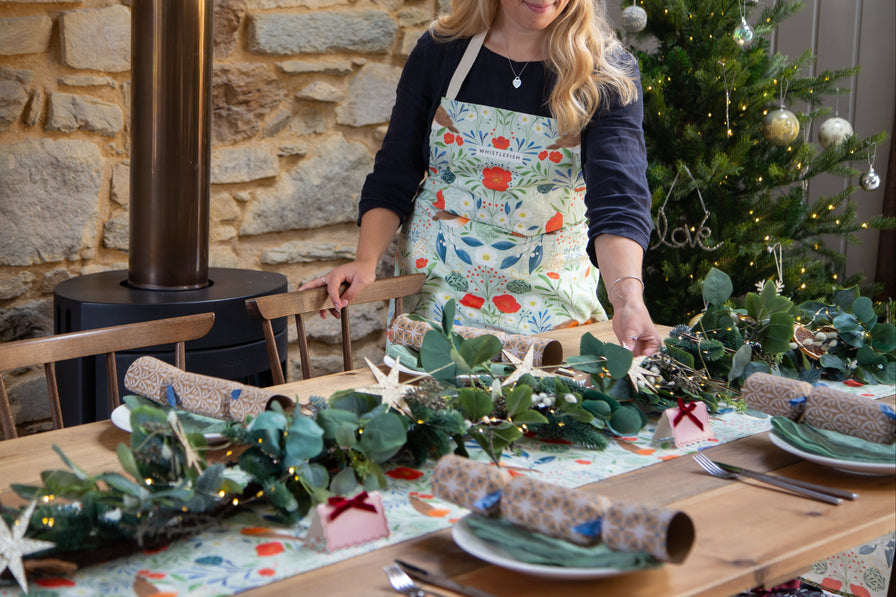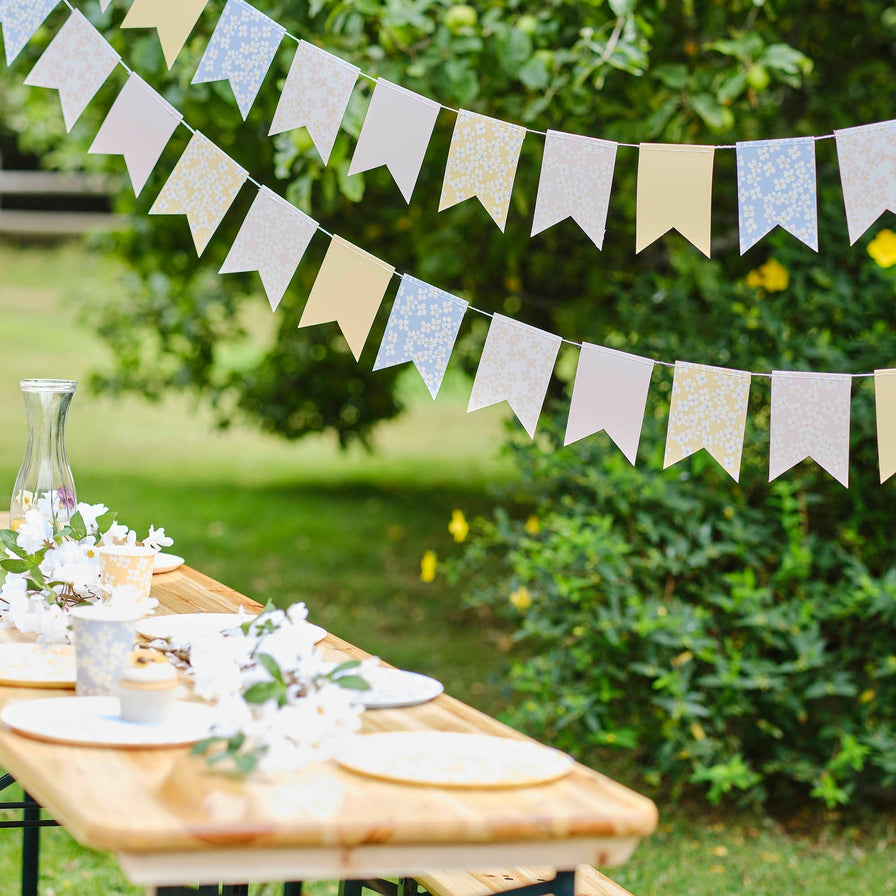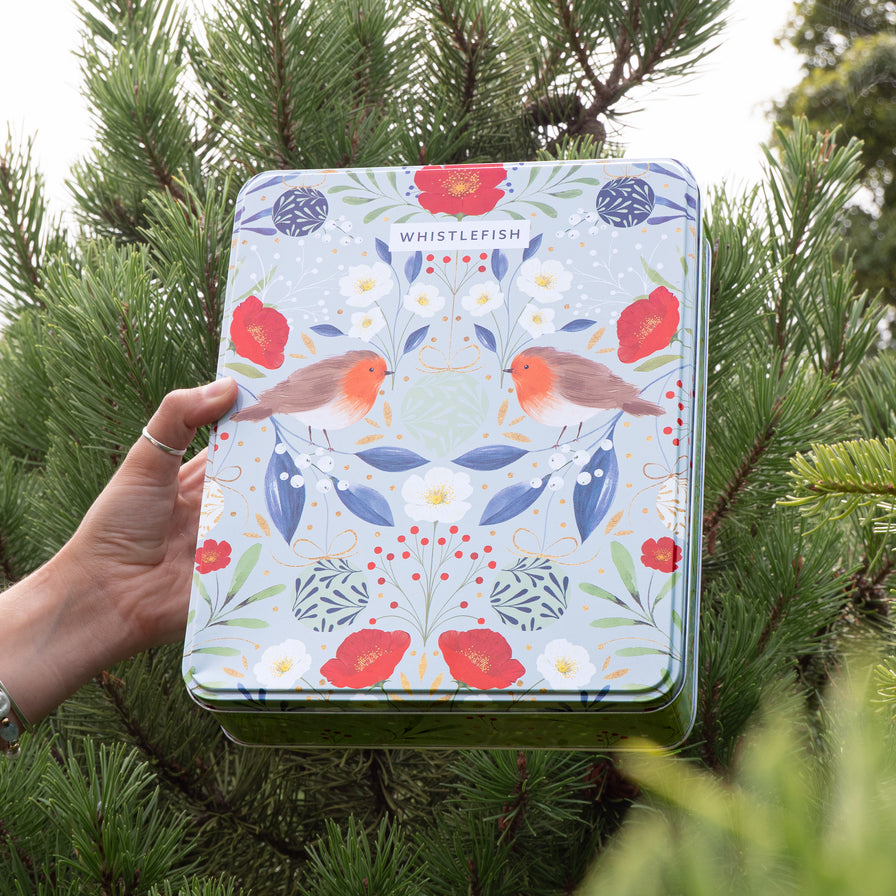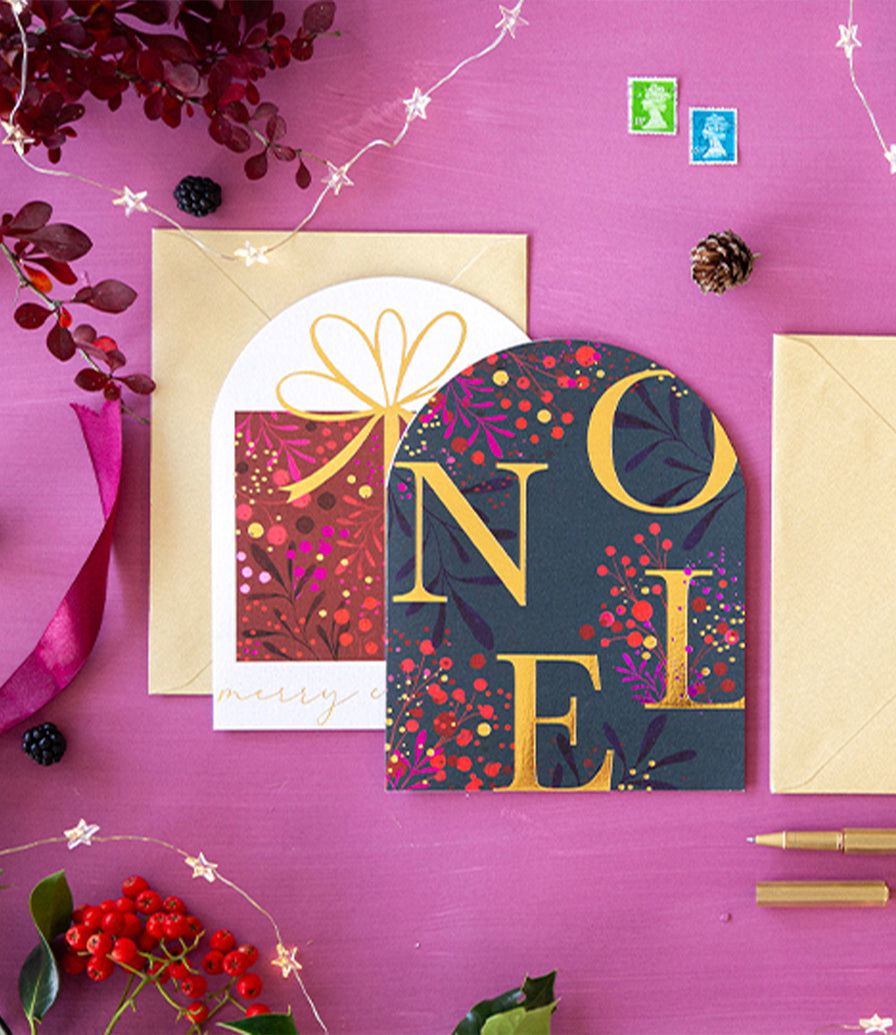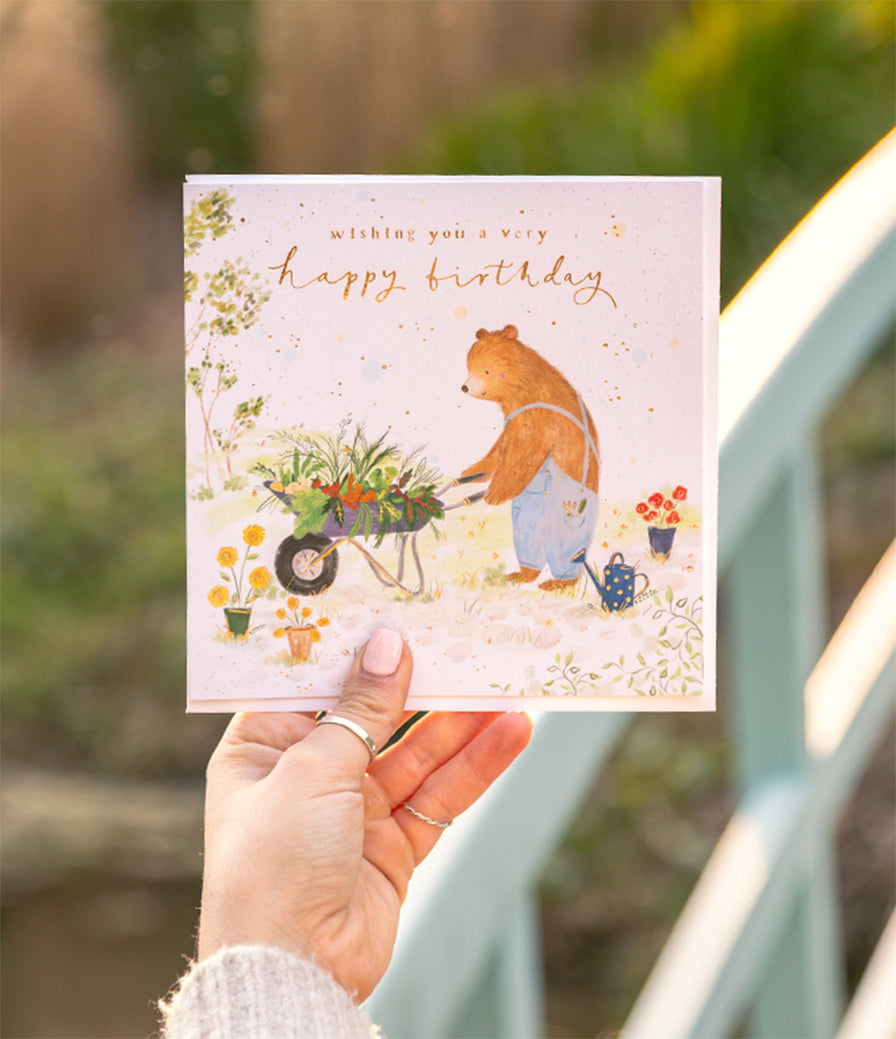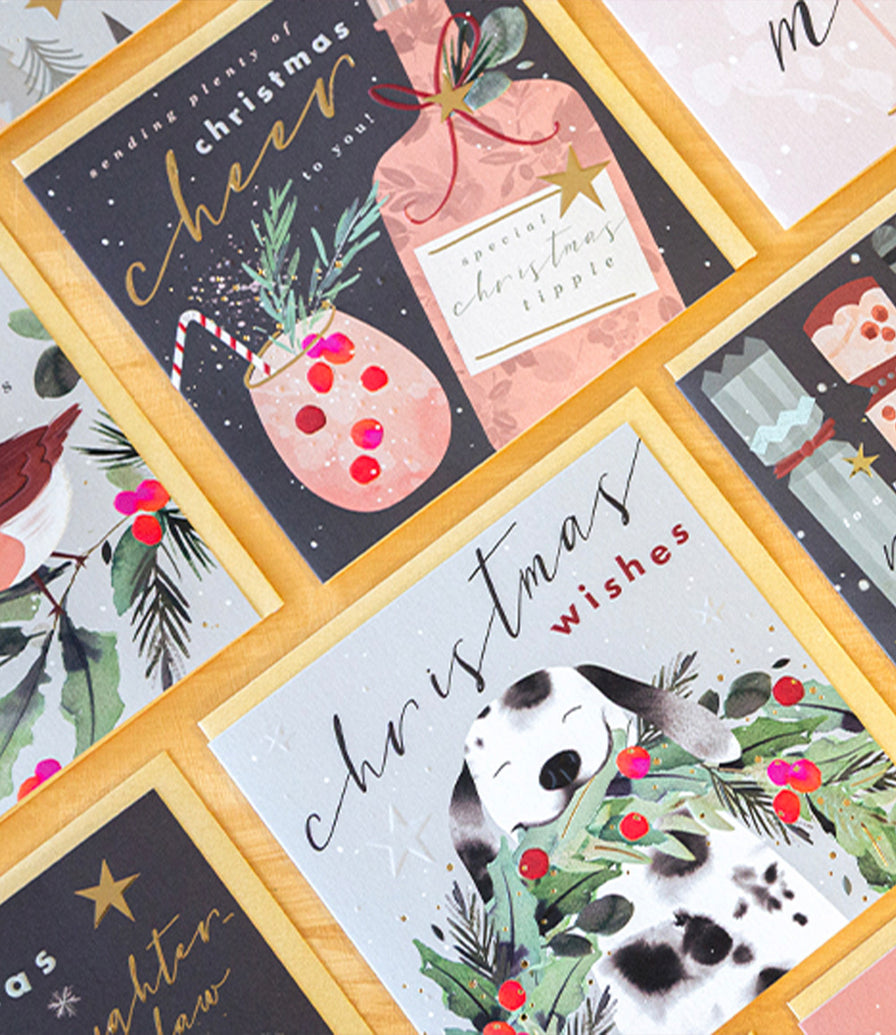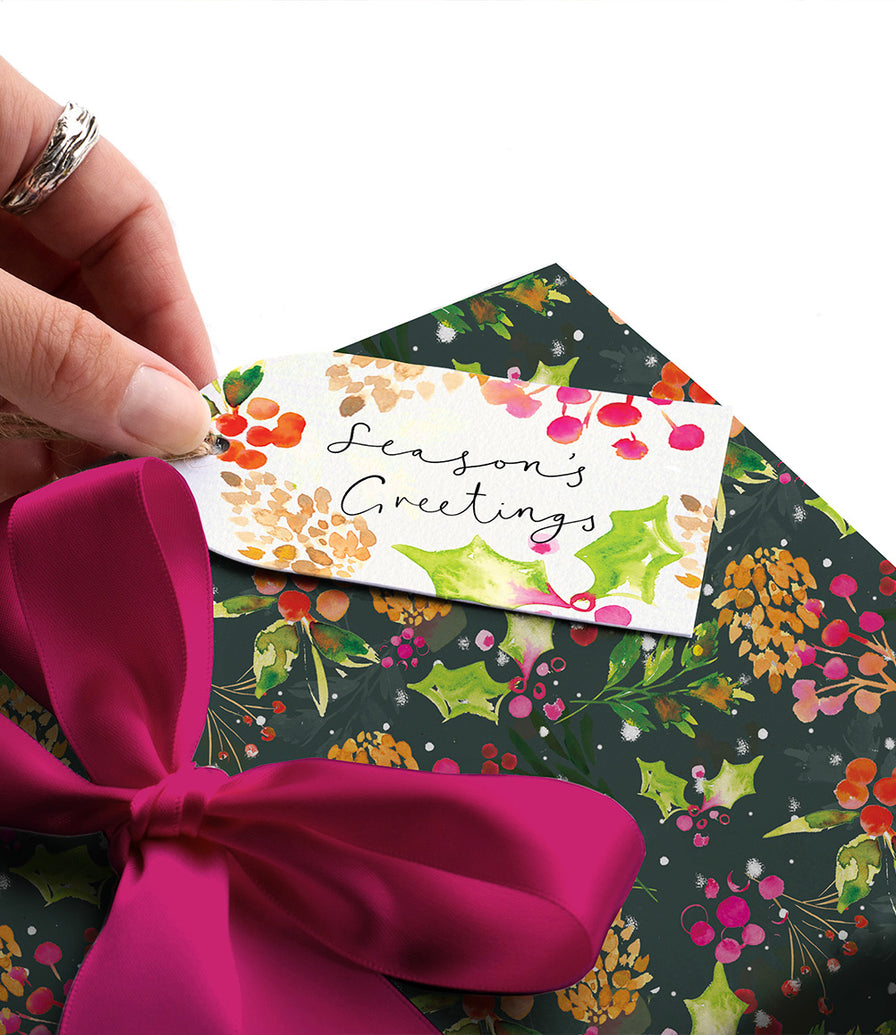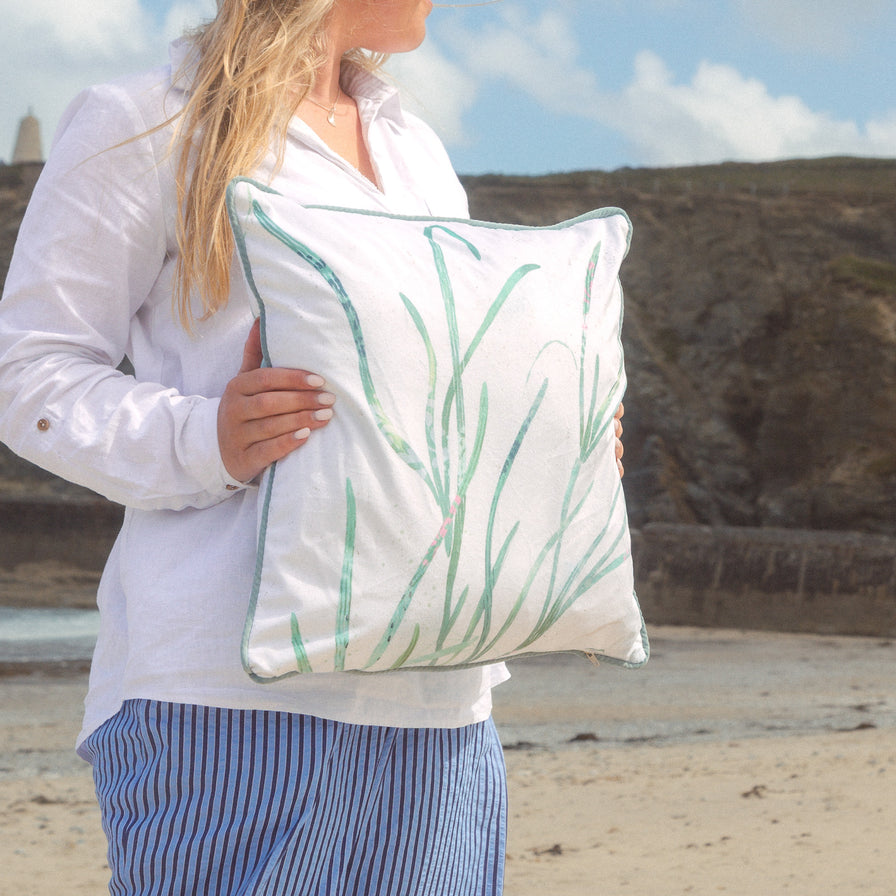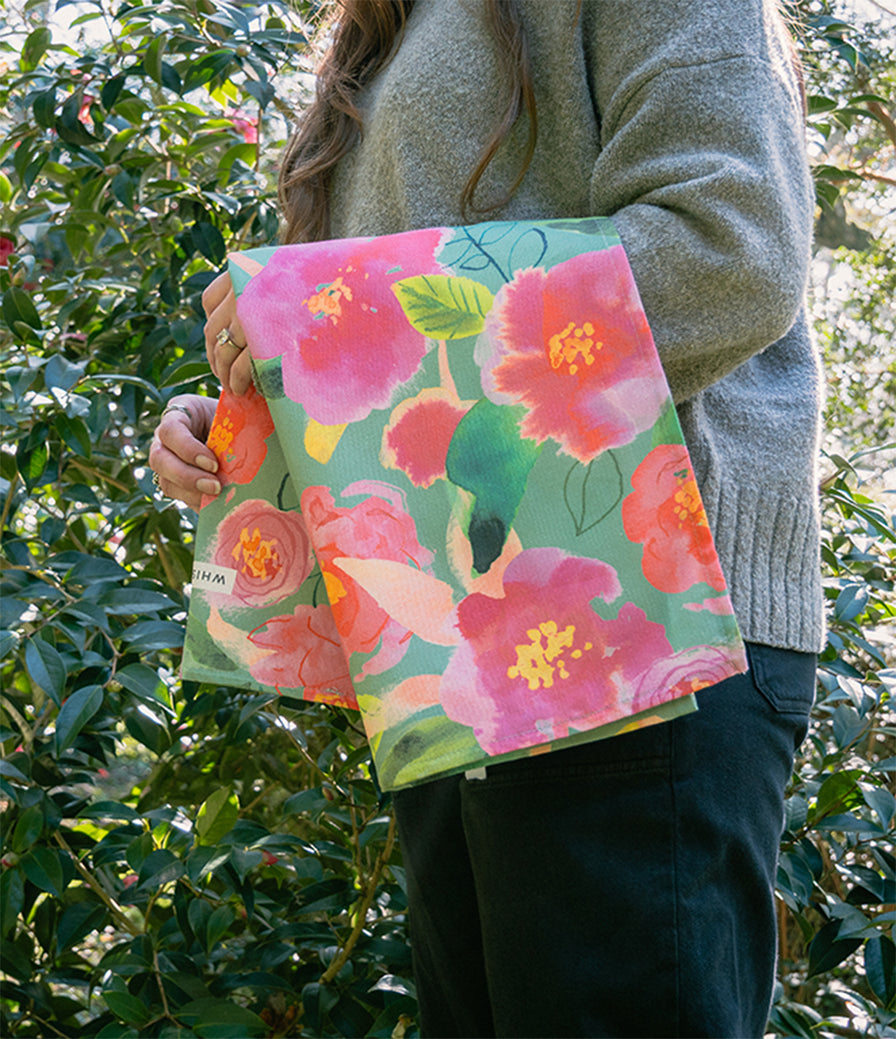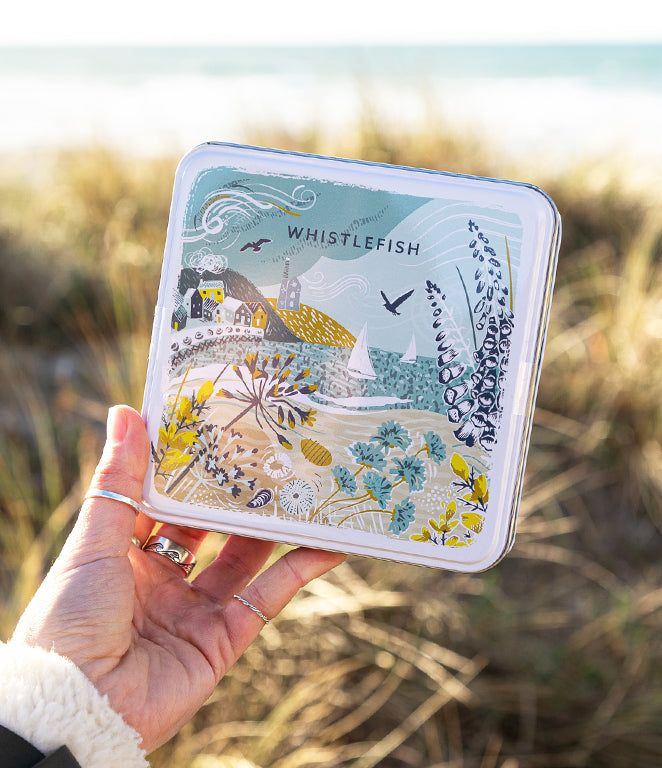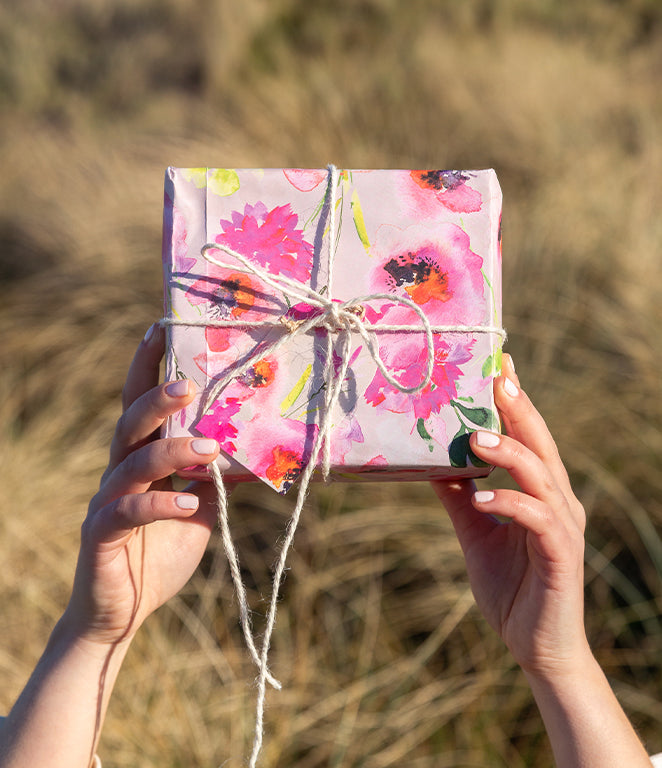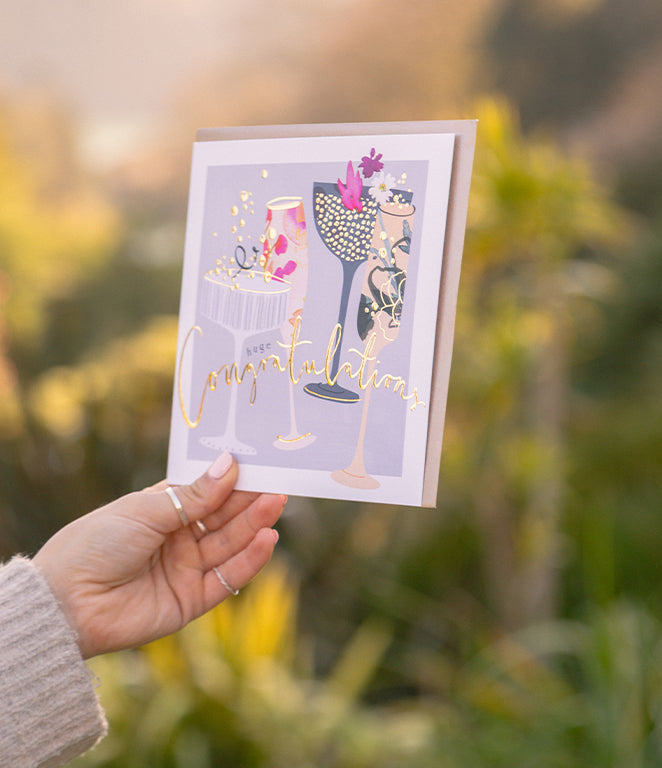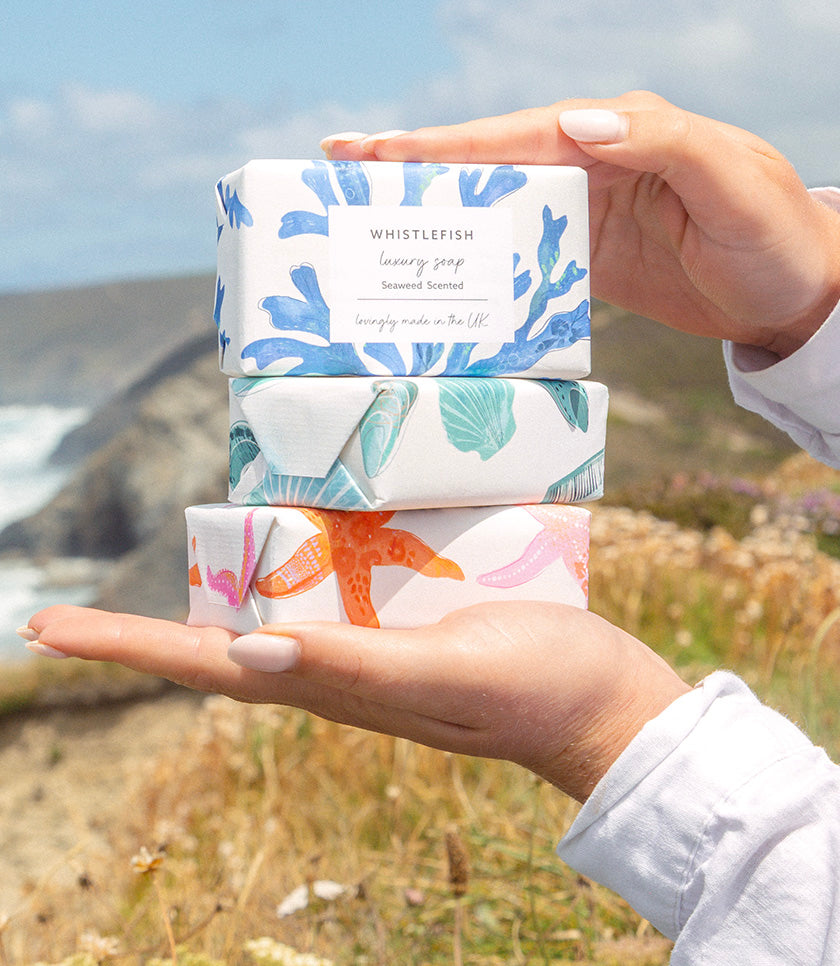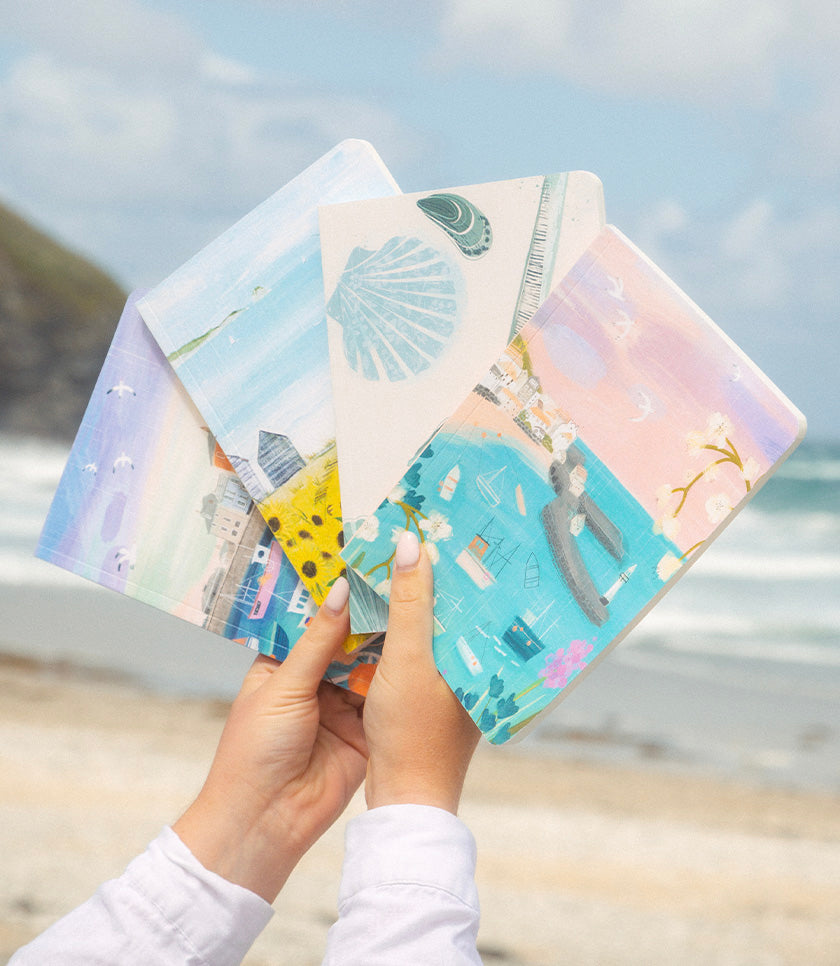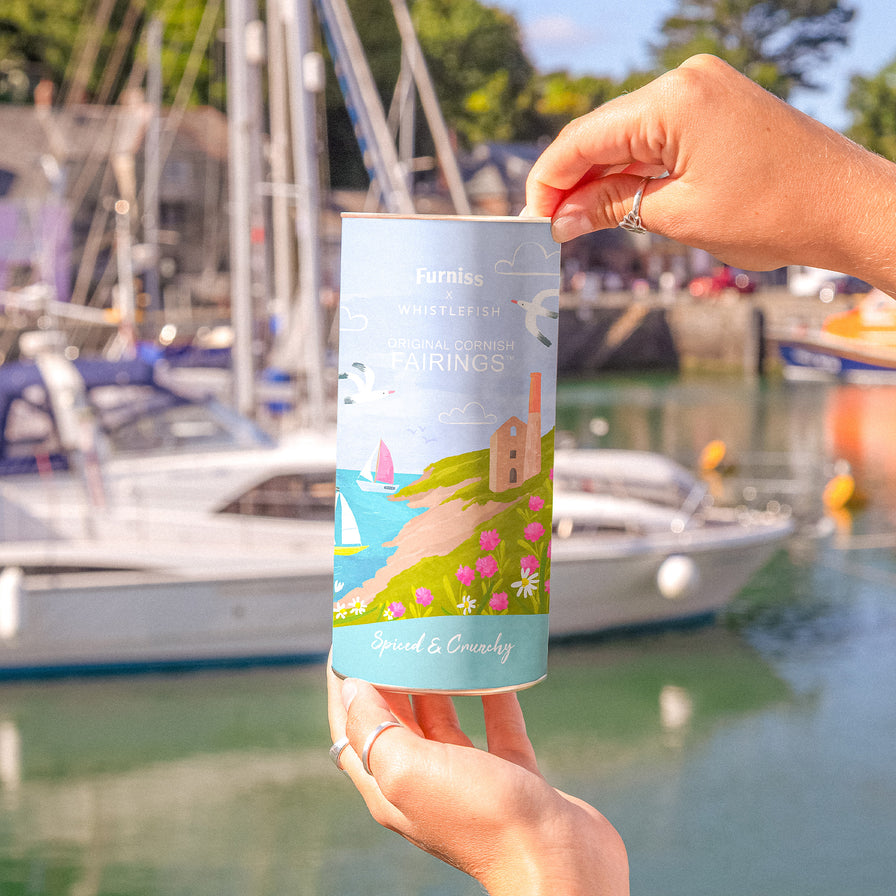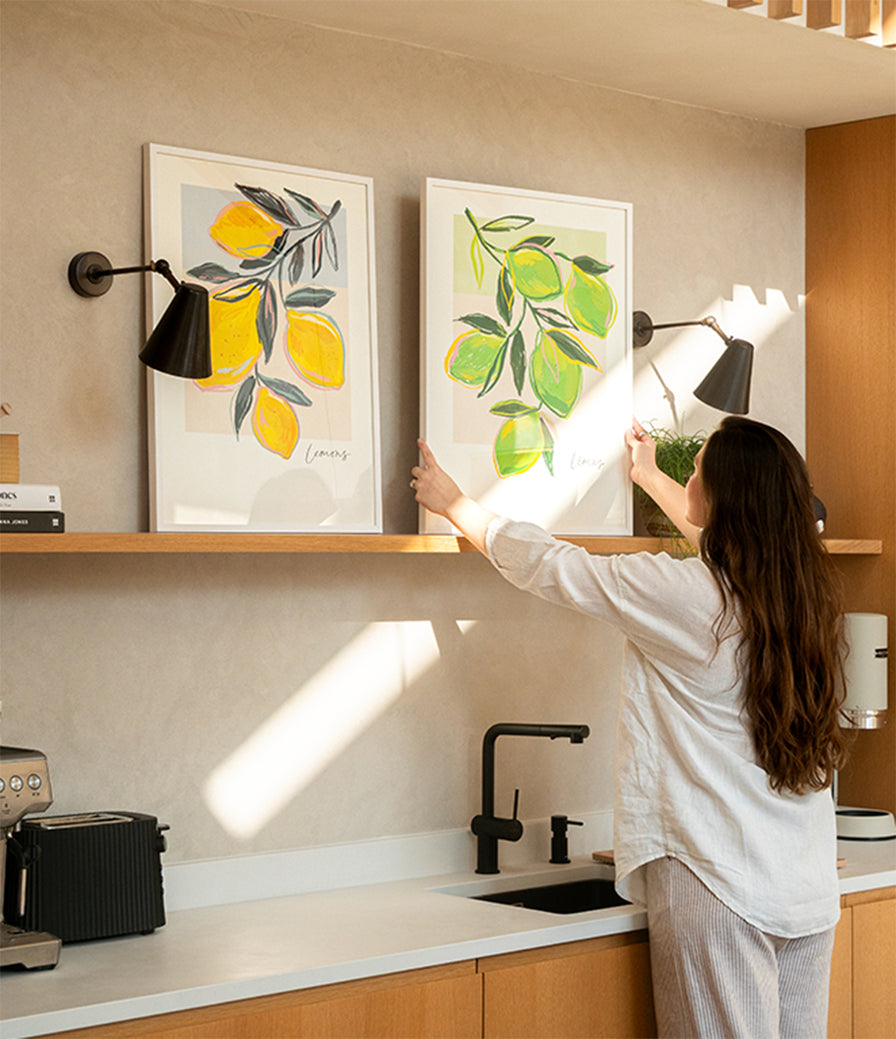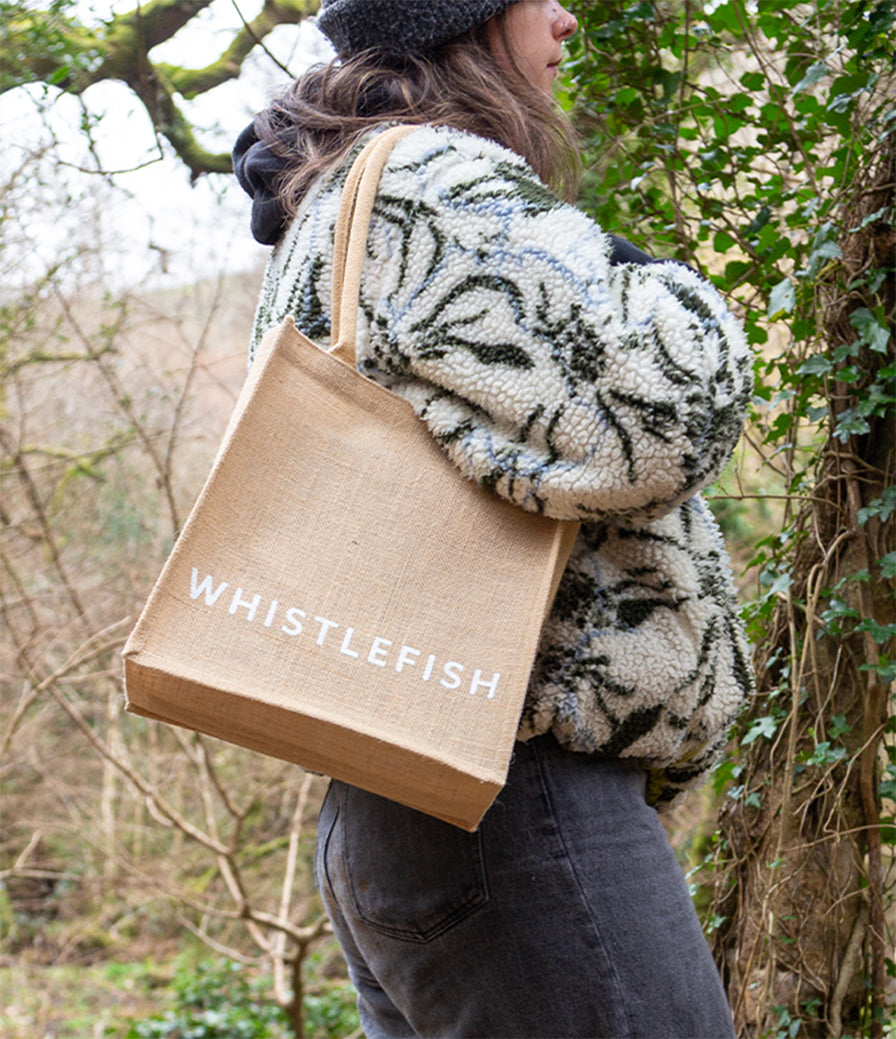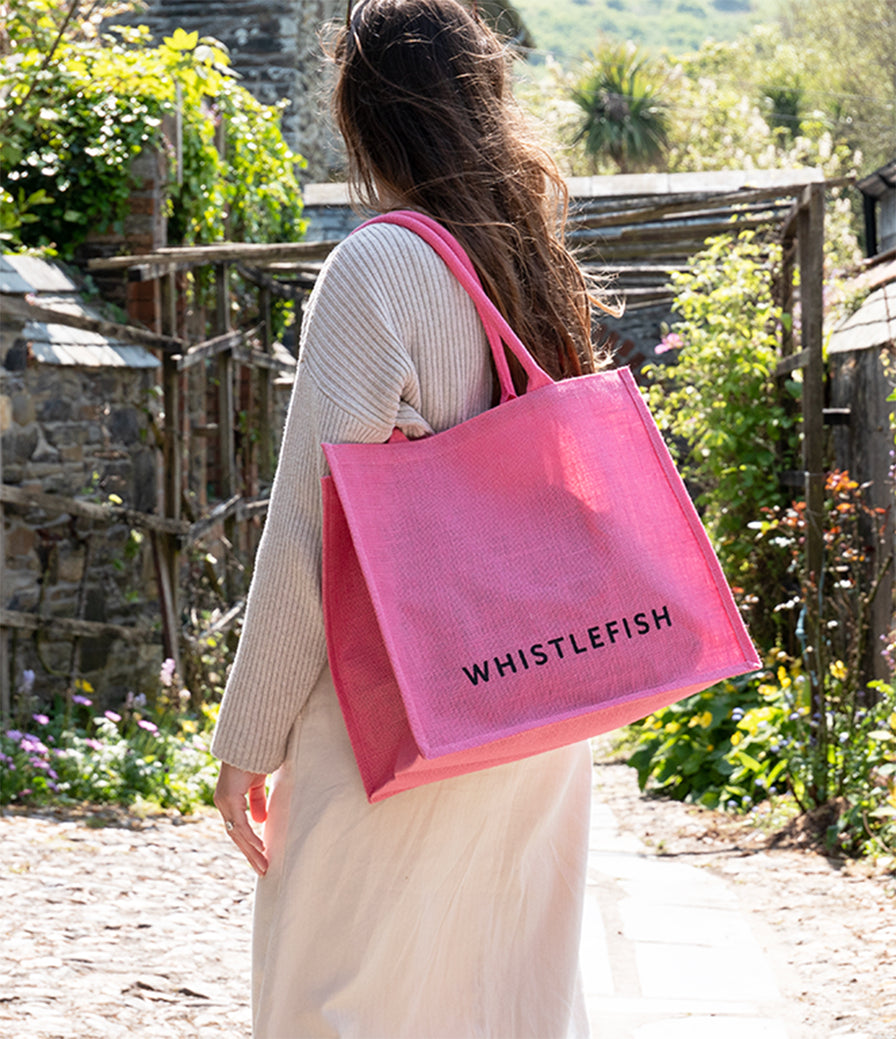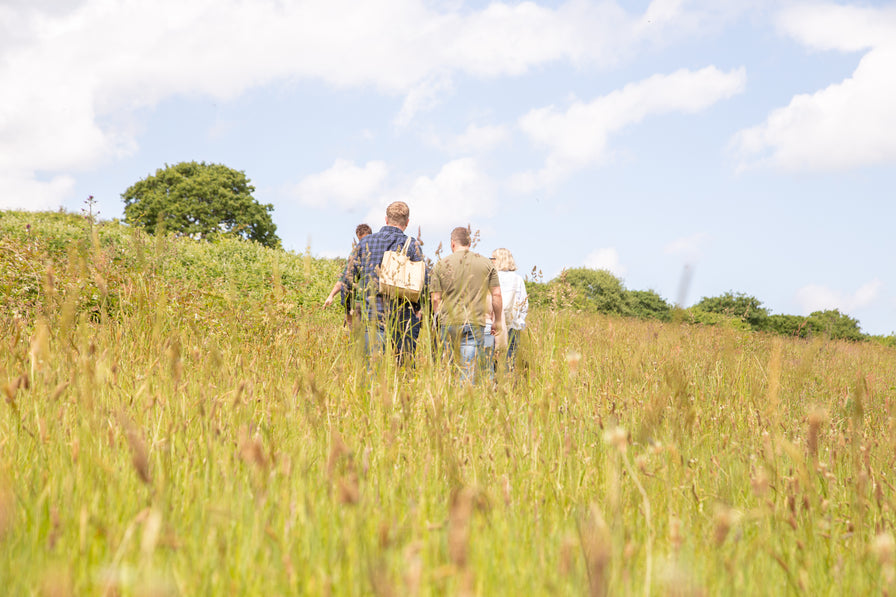7 Beautiful Flowers To Find This Spring
One of the best things about Spring is watching as the first little points of green pop up out of the frozen ground. Spring bulbs are amazing – you forget they’re there and then, all of a sudden, carpets of colourful snowdrops, daffodils, tulips and hyacinths appear, reminding you that there’s life after winter.
Following close behind come the iris and fritillaries, before scented peonies cap off the spring flower show.

1. PEONIES
Peonies are the queens of the spring flower pageant, although some people avoid growing them because their flowering time is relatively short. We think the huge size of the flowers, the range of colours and their wonderful scent, makes them well worthwhile.
The peony is named after Paeon, who was the physician to the Greek gods and peony root is much-used in Chinese medicine as well as in various Western remedies. It can be a muscle relaxant and cream made from it can help to heal sore skin.
Top gardening tip - If you want enormous flowers, trim off the side-buds in April with a sharp knife. You’ll get less blooms, but the remaining ones will be truly impressive.

Our vibrant Daffodils card is by artist Rose Eddington.
Daffodils are the sunshine troopers of the spring flower pageant, bringing a cheerfulness and warmth to gardens and fields in early spring.
“And then my heart with pleasure fills, And dances with the daffodils.” — William Wordsworth
There are thousands of different varieties of daffodil, with colours ranging from the familiar yellow or white, through to green and even red ones. There are also some with contrasting coloured central cups. Daffs also vary widely in size, from the traditional tall ones to beautiful 15cm (6 in) high miniatures with tiny flowers. There are even several scented daffodils which give off a wonderful fragrance.
Top growing tip – Many gardeners tie up the daffodil leaves once flowering is over, to make them tidier. This interferes with the plant’s natural process of sending energy back down to the bulb and can result in no flowers the following year. Just let them die off in their own time and then trim.

3. TULIPS
Tulips were introduced into Holland from Turkey in the 16th century and the bulbs became so highly prized that, for a couple of years known as the Tulipomania, they were exchanging hands for the price of a house each.
Tulips come in almost all the colours of the rainbow, including the fabled black tulip, which is actually very dark red or purple.
Top growing tip - If you want your tulip bulbs to carry on flowering year after year, plant them much deeper than a lot of advice says - about 20cms (8 ins) deep in fact. This also has the advantage that even the tallest tulips will stand straight and tall without you needing to stake them.

Our Hyacinth card is from an original by artist Jess Trotman who was born in Tavistock, Devon and studied at Falmouth and Winchester Schools of art.
4. HYACINTH
Hyacinths, according to Greek mythology, were named after a handsome youth called Hyakinthos. When Hyakinthos was accidentally killed, the God Apollo refused to give his soul to Hades: instead changing it into a flower which was named after his tragic lover.
“If thou of fortune be bereft, and in thy store there be but left two loaves, sell one, and with the dole, buy hyacinths to feed thy soul.” — John Greenleaf Whittier
Hyacinths have always been revered for their wonderful fragrance. The first mention of them being grown in this country is from 1596, when the famous herbalist John Gerard recorded having them in his garden.
Top growing tip – Hyacinths have a tendency to grow quickly and then flop over under the weight of the flower head. When you’re growing them in bowls, leave them in a cool, dark shed for about eight weeks, until the flower is showing above the bulb and there is a very short bit of stem below the head. Bring them indoors and give them lots of light, but not too much heat – a cool windowsill is perfect. That will keep the growth slow and won’t produce too much stem so they won’t get top-heavy.

5. IRIS
Irises tell us that spring has definitely sprung. There are over 200 varieties of Iris and they can actually bloom from December right through to July in a huge variety of colours.
Legend tells us that Iris was the messenger of the Greek gods. Her name means ‘rainbow’ (fitting for a flower that comes in so many colours) and she formed the link between heaven and earth. One of her main tasks was to lead women to afterlife in the Elysian Fields.
The Ancient Egyptians discovered the flower when they conquered Syria and were fascinated by its exotic structure. Images of the flower were popular in temples including those at Karnak.
Top growing tip – Iris rhizomes need to get a good baking by the sun in August and September if they’re going to bloom properly the following spring. Plant them with the top bit of the rhizome showing through the soil in a place that gets full sun for most of the day.

6. FRITILLARIES
Fritillaries are often seen growing wild in meadows, but they’re equally at home in the garden. There are over 200 varieties, but probably the best-known is the Snakes Head fritillary, so-called because of the shape of the flower head before it opens, which looks just like a tiny cobra’s head. The delicate purple and white chequerboard colouring of this fritillary is quite distinct from any other flower.
Fritillaries have a whole raft of common names – guinea-hen flower, chequer lily, chequered daffodil, leper lily and Lazarus bells are just a few.
Top growing tip – Take care handling the little bulbs of this flower – they’re fragile and easily damaged. Fritillaries like damp soil, but if it tends to get a bit soggy, add in some vermiculite to improve the drainage.

7. SNOWDROPS
Snowdrops are usually the first spring flowers to raise their delicate little heads, often even pushing through snow and ice as early as January. Their Greek name Galanthus means ‘milk flower.’
Snowdrops are used for some medicinal purposes. They’re part of an Alzheimer’s medication and research is being conducted into their use for HIV medicines.
Top growing tip – Instead of planting snowdrop bulbs directly into the soil, which can make it difficult to get them established, pot them up and keep them in a cold frame (don’t let them dry out) until they have a good root-ball. They should then grow on happily when they’re planted out.
See all our floral cards for more inspiration and share the wonder of spring flowers with a loved one.
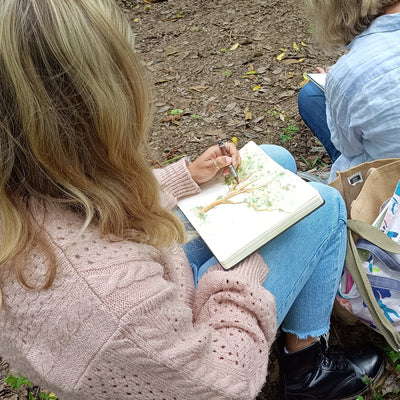
Whistlefsh Journal
All blogs are created by our wonderful in-house team.
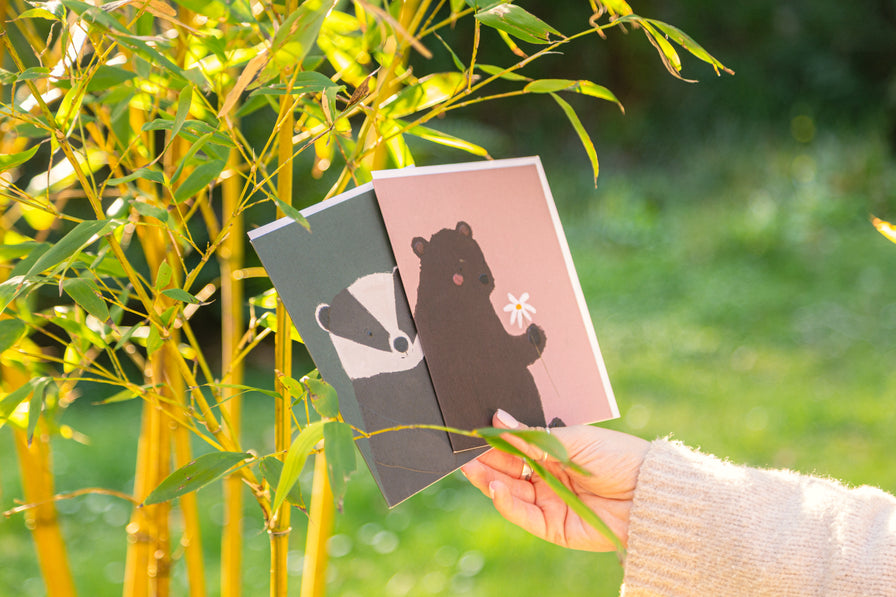
Our Offers
Discover
